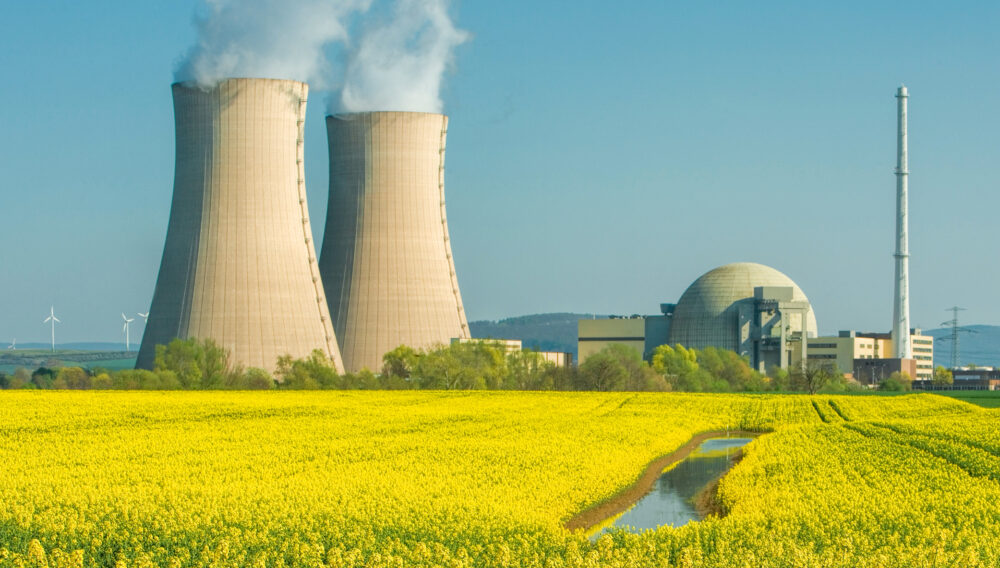What Is Nuclear Energy’s Role in Going Carbon Neutral?

As the world commits to reducing greenhouse gas emissions to combat climate change, nuclear energy is essential to reduce fossil fuel consumption and increase reliance on clean energy sources. Nuclear energy’s minimal carbon footprint and absence of greenhouse gas emissions during operation make it a vital clean energy source. Nuclear power plants also reduce harmful air pollutants, contributing to cleaner air and better public health.
Nuclear energy complements renewable energy sources, like wind and solar. Hybrid energy systems combining nuclear and other sources can enhance grid flexibility and reduce emissions. Additionally, nuclear energy can be used for nonelectric applications like district heating, hydrogen production, and purification.
Let’s dive deeper into nuclear energy to discover what role it plays in powering our world—and what it means for our future.
What Does Being Carbon Neutral Mean?
Major companies and countries increasingly commit to becoming carbon neutral. Amazon and General Motors, for instance, have claimed they aim to become carbon neutral by 2040. Carbon neutrality means matching the amount of carbon dioxide (CO2) emitted into the atmosphere with the same amount of CO2 removed or offset.
Achieving carbon neutrality on an industrial or national scale could mitigate climate change. Ways to help achieve this critical goal include installing solar panels, switching to electric vehicles, and using renewable energy. You can also participate in projects like tree planting and wetland restoration.
What Is the Difference Between Carbon Neutral and Net Zero?
You might have heard the terms “carbon neutral” and “net zero” being tossed around regarding nuclear energy. But what do they mean? Are they the same thing? Let’s break it all down.
Net zero involves balancing all greenhouse gas (GHG) emissions with the same amount removed from the atmosphere. This requires extensive emissions reductions and advanced carbon removal efforts. Alternatively, carbon neutrality focuses specifically on carbon dioxide emissions. This is achieved by offsetting through projects that absorb or reduce CO2. Net zero is a long-term, comprehensive goal that includes all GHGs and requires significant reductions and global collaboration, whereas carbon neutrality is more immediate and cost-effective.
Additionally, these concepts each require different standards and certifications. Both ideas are important for climate action, with carbon neutrality as a starting point and net zero as the ultimate objective to keep global mean temperature rise below 1.5 degrees Celsius.
How Does Nuclear Energy Play a Role in Being Carbon Neutral?
Nuclear power is vital to the clean energy transition thanks to its low carbon footprint and lack of direct carbon dioxide emissions. In fact, in 2020, U.S. nuclear power alone prevented more than 471 million metric tons of CO2 emissions. To put that into perspective, it’s like removing 100 million cars from the road.
Although nuclear energy is not without its critics and challenges, it has the potential to significantly contribute to carbon neutrality by reducing emissions beyond electricity generation. By pursuing the right education, you can enter the field of nuclear energy and play a part in shaping a net-zero future.



